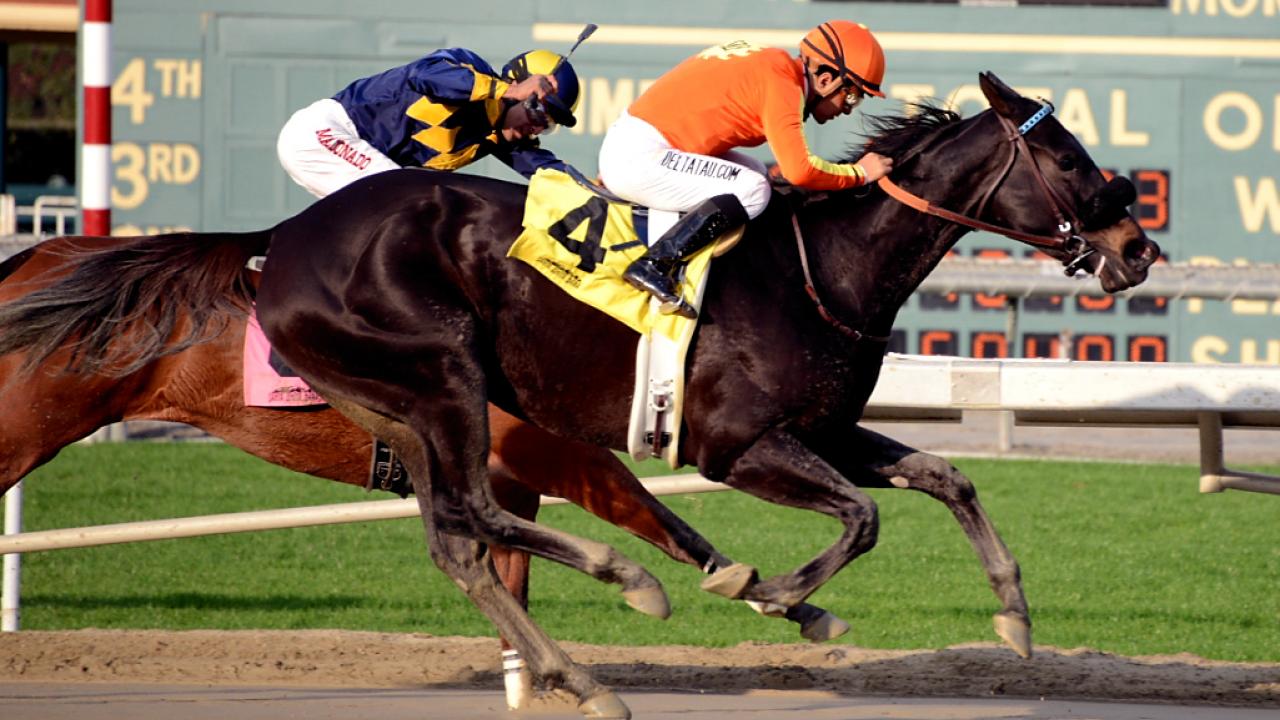
Sesamoid Injuries in Horses: Diagnosis, Treatment, and Prevention
Sesamoid injuries in horses can be difficult to repair and even catastrophic; here’s what can go wrong and how to prevent it from happening.
Two little bones sitting at the back of the fetlock both amaze and confound veterinarians. The sesamoids, as they’re called, anchor the suspensory apparatus that allows a horse’s foot and fetlock to move properly. Yet their location and anatomy make them vulnerable to injuries, and sesamoid injuries in horses can be difficult to repair and even catastrophic.
Given the sesamoids’ location, it isn’t surprising that high speeds can lead to fractures and soft tissue injuries. In a racehorse, for example, the fetlock can sometimes extend to the point that the sesamoid bones actually make contact with the ground. If the pressure is too great, those bones can shatter to a point that requires euthanasia.
“Horses have two proximal sesamoid bones on each limb,” says Jeff Blea, DVM, racetrack practitioner and past American Association of Equine Practitioners president. “They, together with the cannon bone and long pastern, make up the fetlock joint.”
